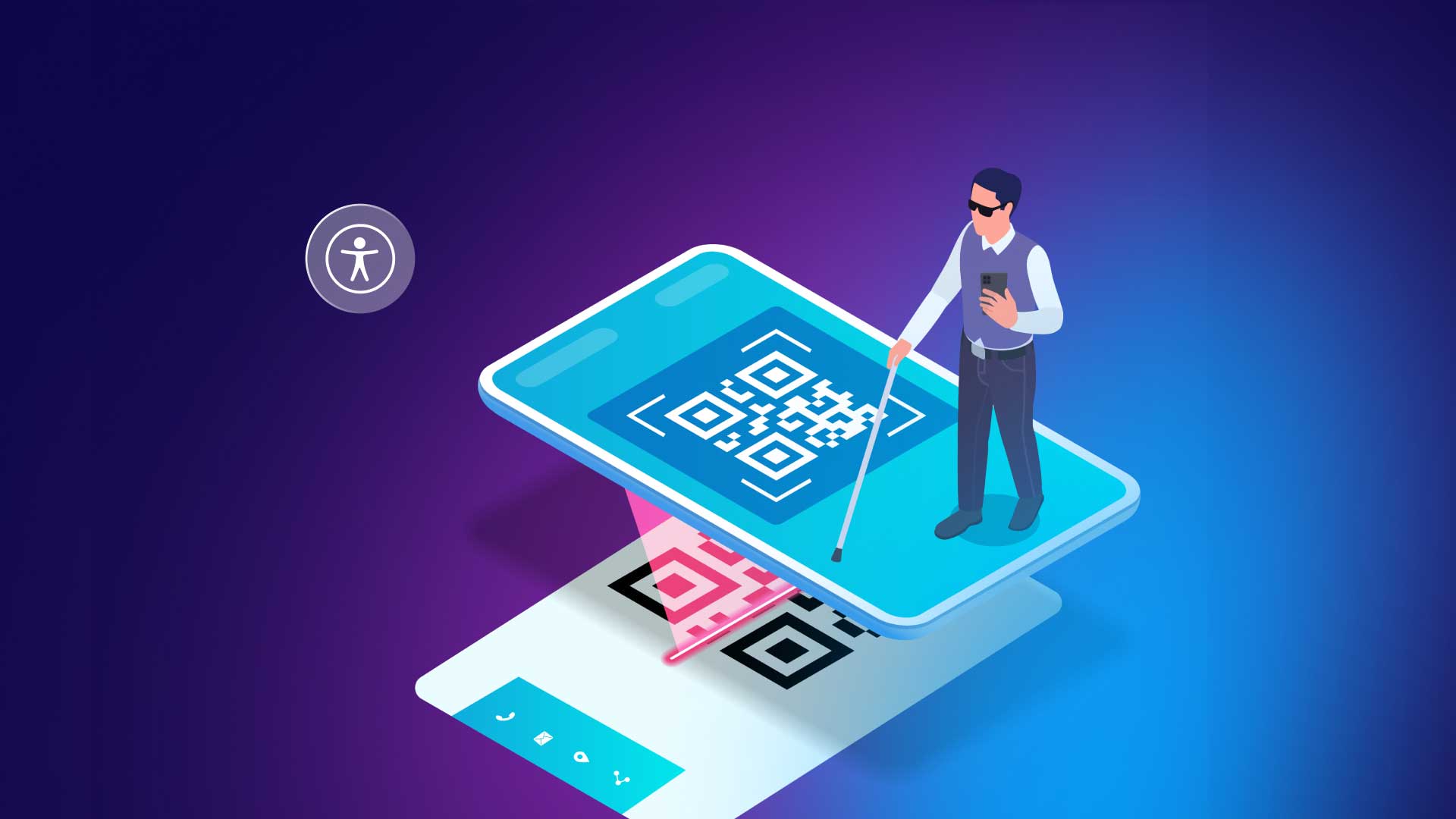Quick Response (QR) codes have emerged as powerful tools for bridging the gap between physical and digital information. In recent years, there has been a growing recognition of the role QR codes can play in enhancing accessibility, making information more inclusive for diverse audiences. In this article, we’ll explore how QR codes contribute to accessibility and empower individuals with varying needs to access information in a seamless and inclusive manner.
1. Accessible Information for All:
QR codes facilitate the delivery of accessible information to a broad audience. By encoding digital content within a QR code, businesses, educational institutions, and public spaces can make information available in various formats, including text, audio, and video. This flexibility ensures that individuals with different learning preferences or accessibility needs can access the content in a way that suits them best.
2. Digital Content for Visually Impaired Individuals:
For individuals with visual impairments, QR codes offer a means of accessing digital content through audio assistance. When scanned, QR codes can trigger audio descriptions, spoken instructions, or provide links to accessible websites. This empowers visually impaired individuals to access information independently and participate more fully in a variety of contexts, such as in educational materials, product details, or public announcements.
3. Multilingual Accessibility:
QR codes support multilingual accessibility, allowing information to be presented in multiple languages. This is particularly valuable in diverse communities or international settings. Users can scan a QR code to access information in their preferred language, ensuring that language barriers do not hinder their understanding or engagement.
4. Inclusive Education:
In the realm of education, QR codes contribute to inclusive learning environments. Educational materials can be augmented with QR codes that link to additional resources, video explanations, or interactive content. Students with different learning styles or those requiring additional support can benefit from these supplementary materials, fostering a more inclusive educational experience.
5. Assistive Technology Integration:
QR codes seamlessly integrate with assistive technologies, such as screen readers and braille displays. The simplicity of scanning a QR code enhances the compatibility with various assistive devices, ensuring that individuals with disabilities can effortlessly access digital content in a manner that suits their assistive technology preferences.
6. Accessibility in Public Spaces:
Public spaces and facilities can enhance accessibility by incorporating QR codes into signage and information displays. Museums, parks, transportation hubs, and other public areas can utilize QR codes to provide detailed information about exhibits, navigation guidance, or service details. This accessibility feature benefits all visitors, including those with disabilities.
7. Health and Safety Information:
Especially relevant in the context of health and safety, QR codes contribute to accessibility by providing instant access to important information. For example, individuals can scan QR codes on medication packaging to access dosage instructions or emergency contact details. QR codes also play a role in conveying safety information during crises or emergencies.
8. Universal Design Principles:
QR codes align with universal design principles, aiming to create products and environments that are usable by all people, regardless of ability or disability. Implementing QR codes as part of information dissemination embraces this inclusivity, ensuring that everyone can access information independently and conveniently.
Conclusion:
QR codes have evolved from being simple two-dimensional barcodes to becoming powerful tools for promoting accessibility and inclusivity. By incorporating QR codes into various contexts, from education to public spaces and healthcare, businesses and organizations can ensure that information is accessible to a diverse audience. As technology continues to advance, the role of QR codes in fostering inclusivity is likely to expand, contributing to a more accessible and equitable digital landscape for everyone.

